Strategic Urbanization of Information Systems and Planning Report
VerifiedAdded on 2023/05/29
|19
|1295
|295
Report
AI Summary
This report provides an analysis of strategic Information and Communication Technology (ICT) implementation plans, focusing on their effectiveness in organizations. It begins by defining information systems and highlighting the importance of strategic ICT plans for enhancing business operations through reduced complexity, improved security, and cost-effectiveness. The report presents examples of strategic ICT plans, detailing their objectives such as waste reduction, infrastructure creation, and service improvement. A comparative analysis identifies similarities, like driving innovation and leveraging technology, and differences, such as community access to technology and organizational structure strengthening. Key factors affecting successful ICT plan implementation, including organizational, operational, structural, and technological aspects, are appraised. The findings emphasize enhanced communication, operational efficiency, and structured organization. The report concludes with a proposal for a new strategy centered on aligning business operations and improving communication, ultimately recommending that organizations integrate ICT to enhance overall business planning and growth. Desklib provides access to this and other student contributed assignments.
1 out of 19
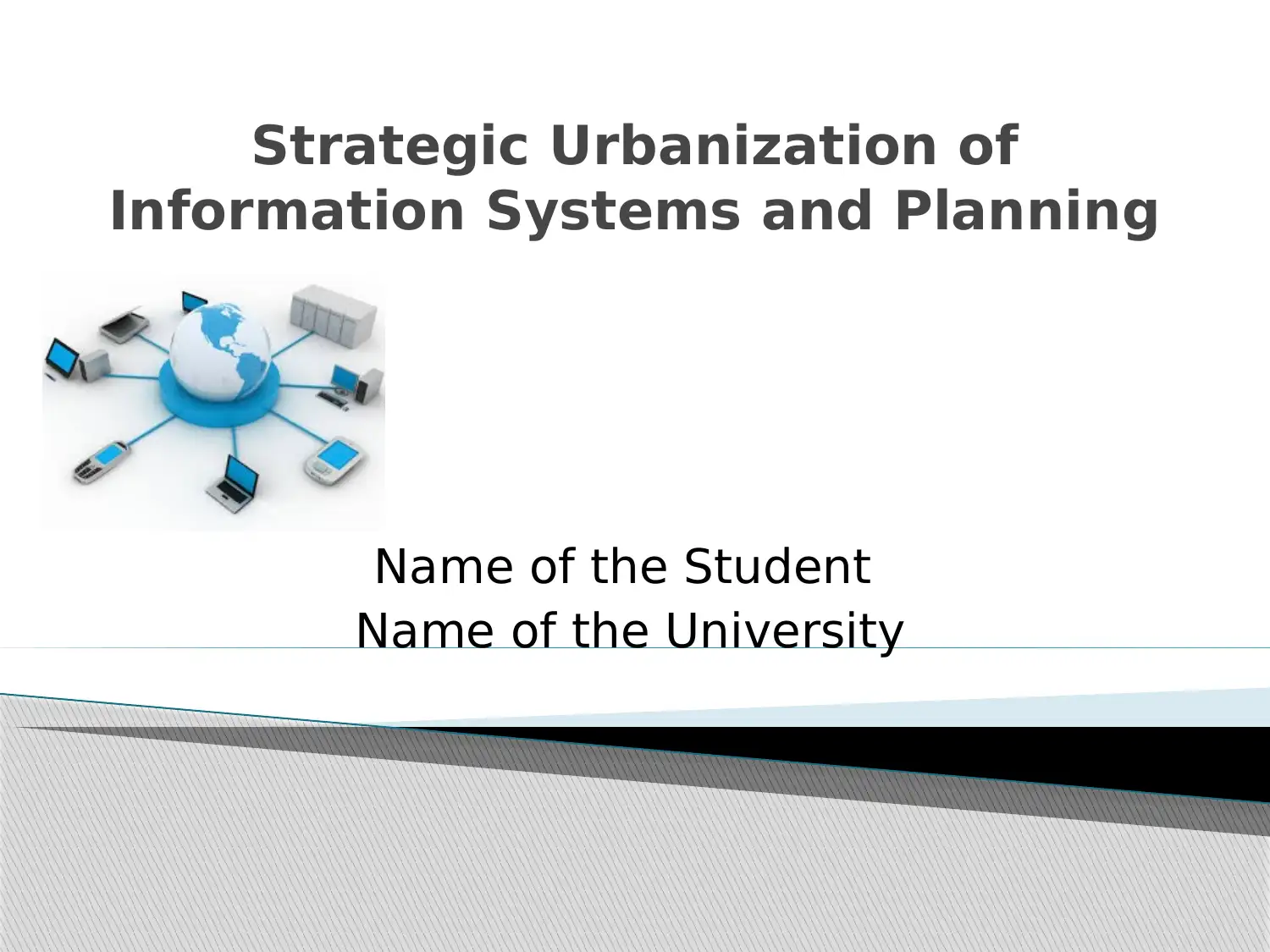
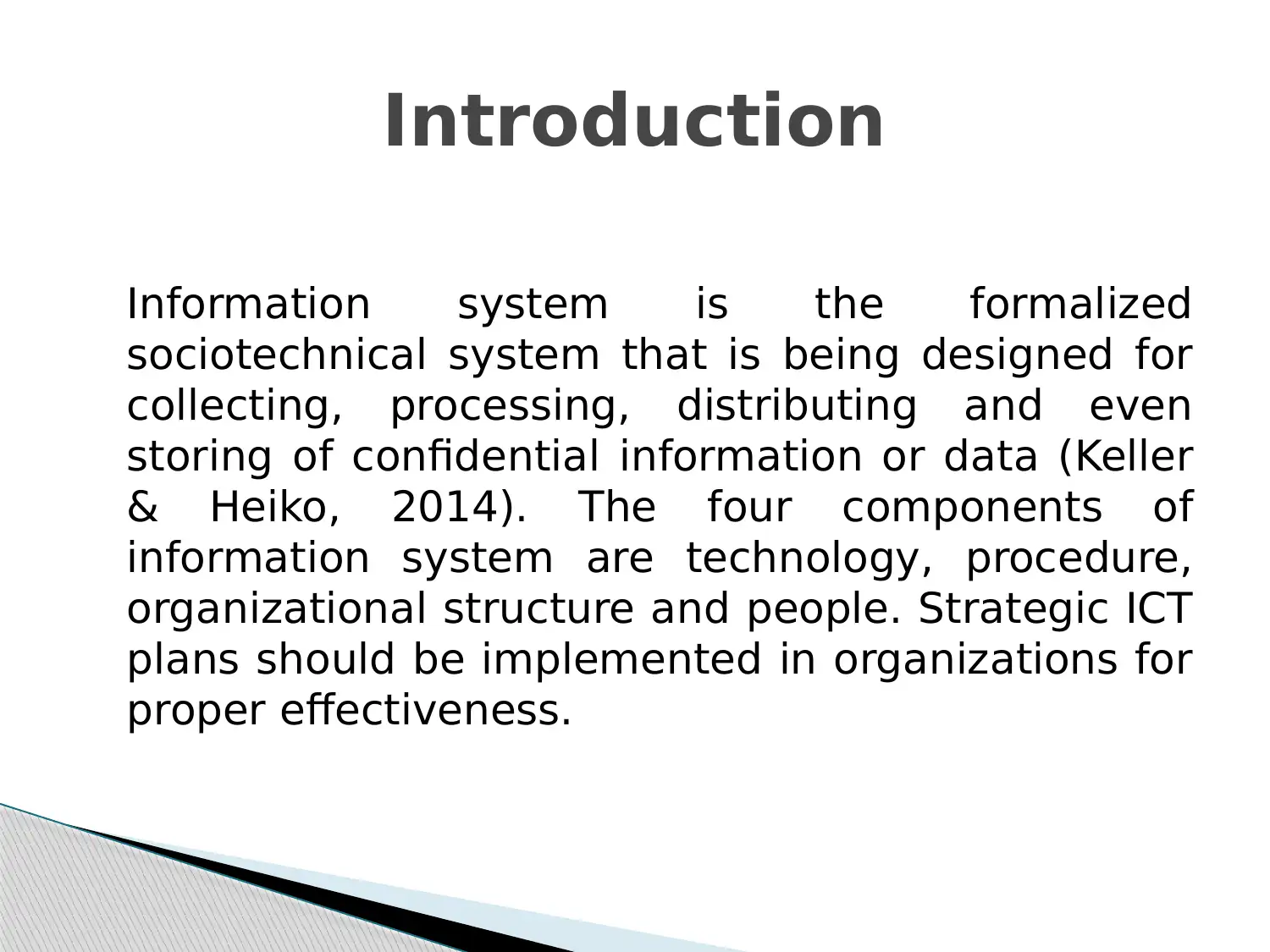
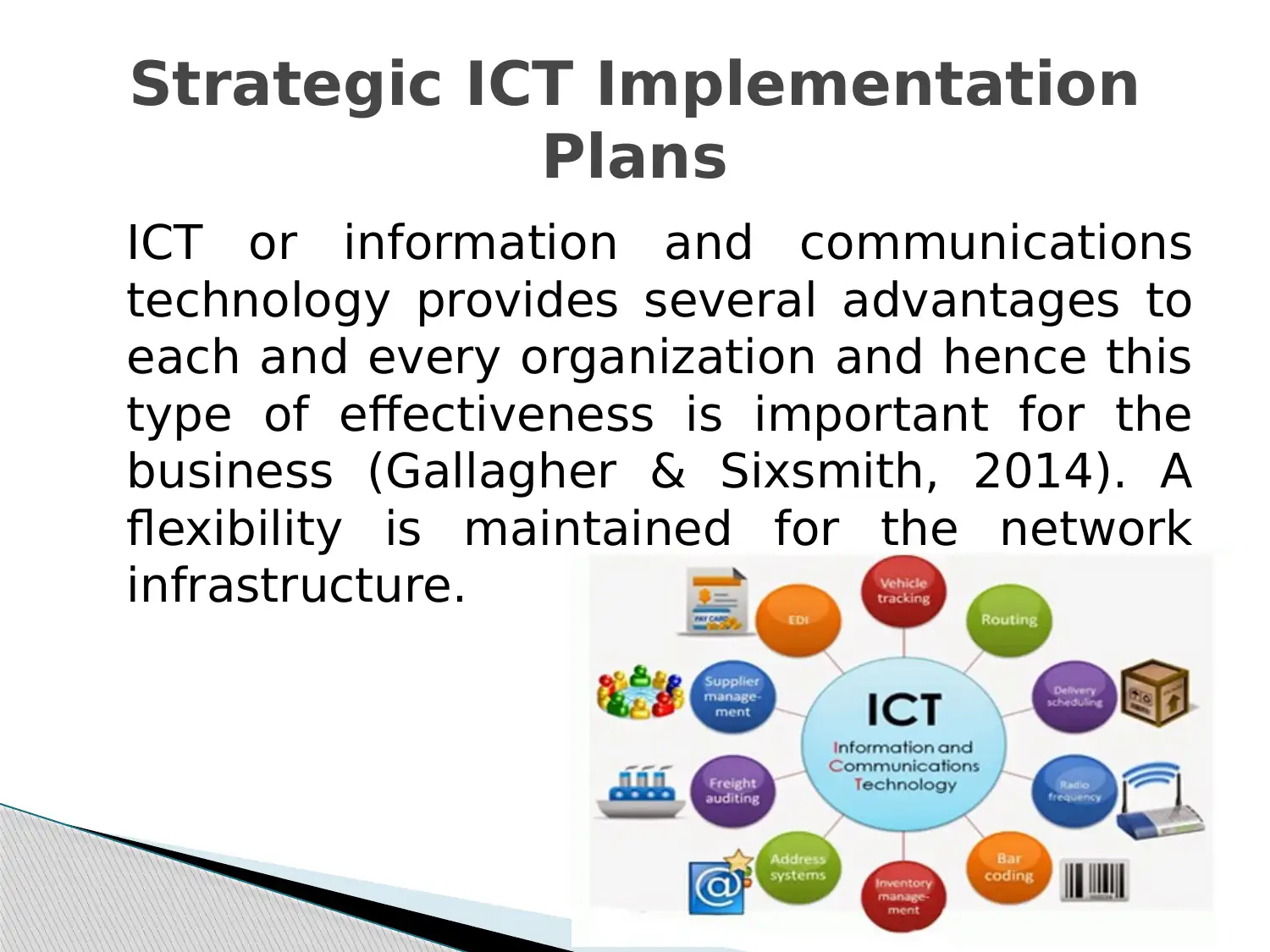

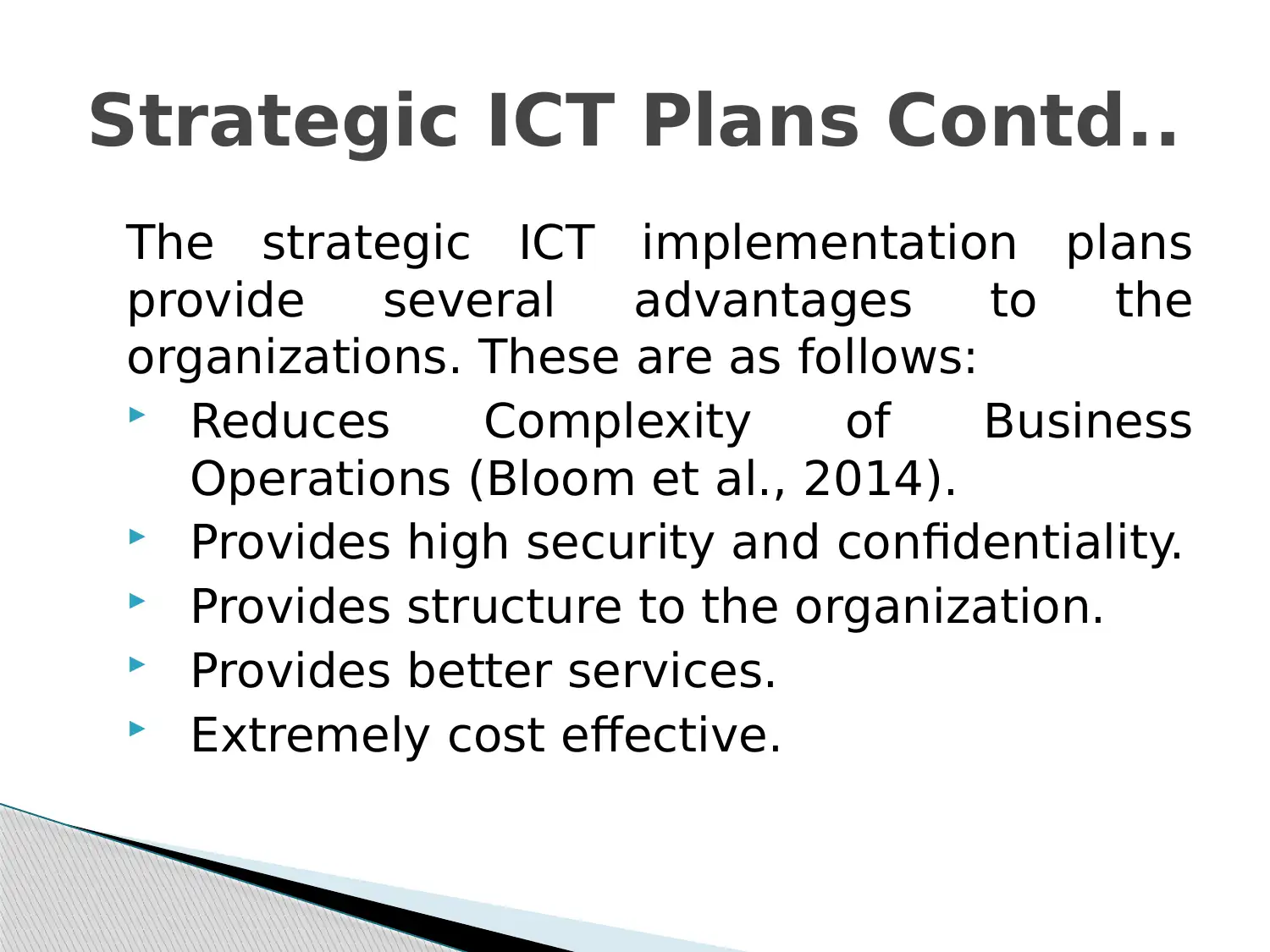
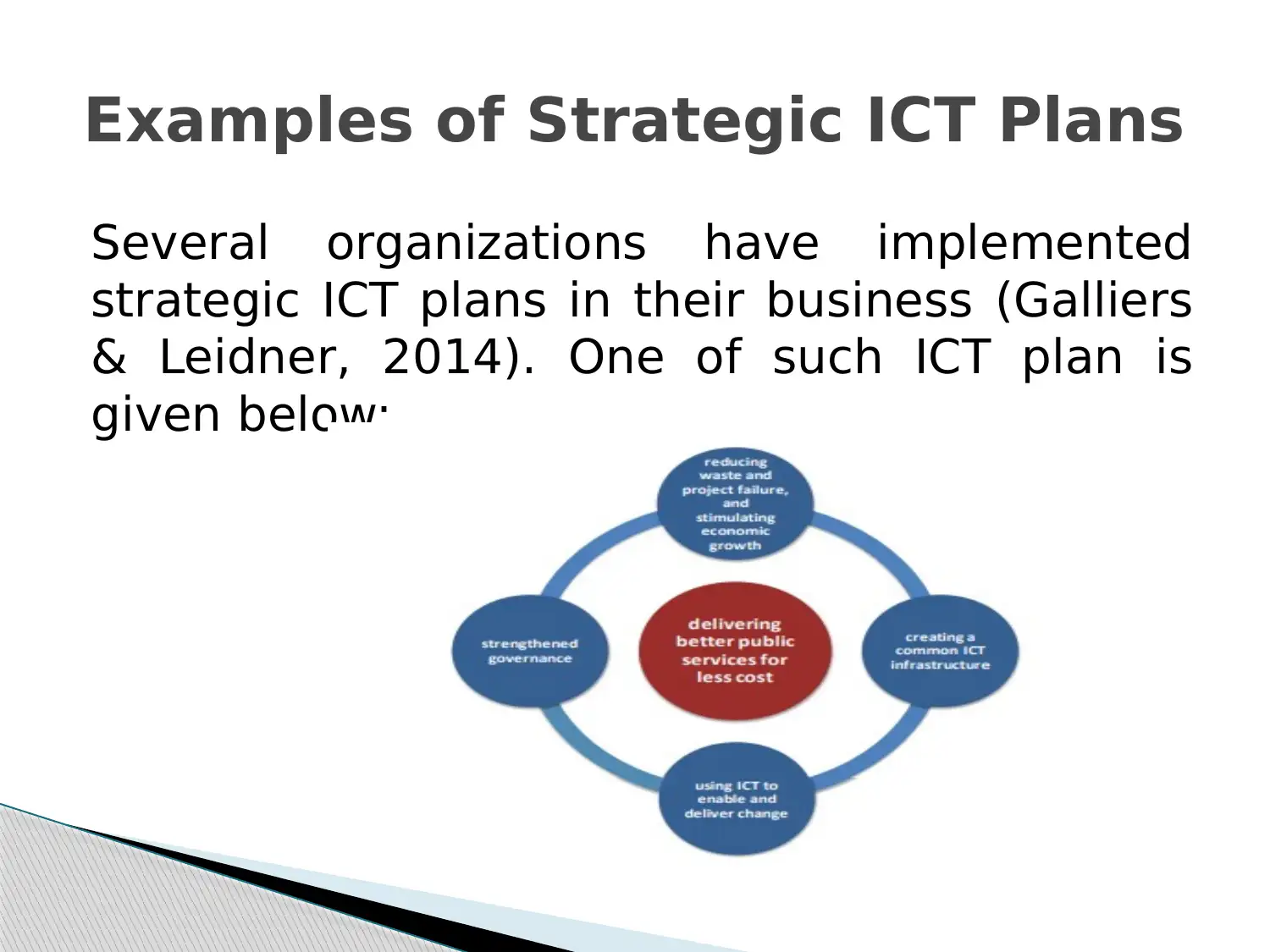
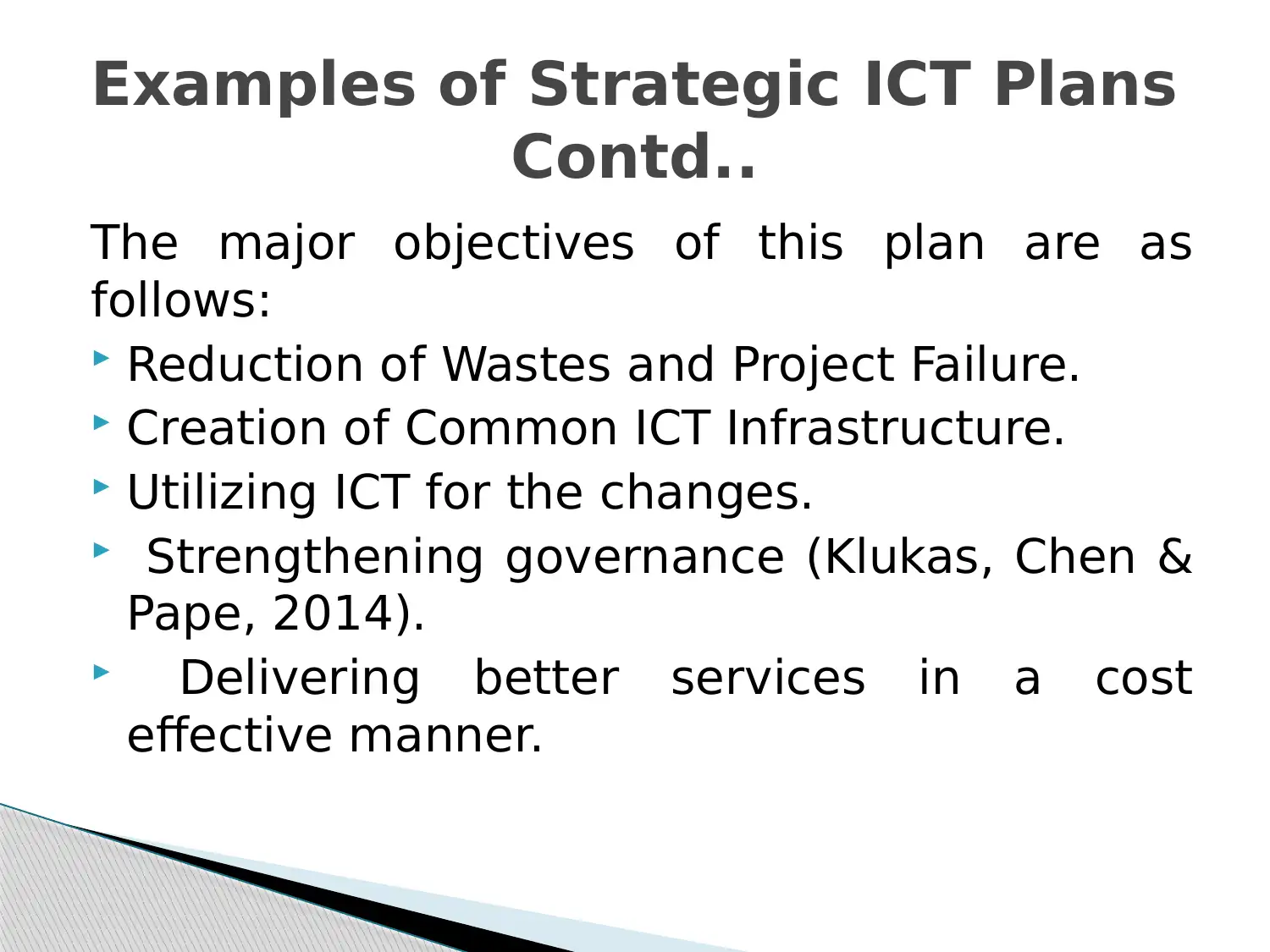
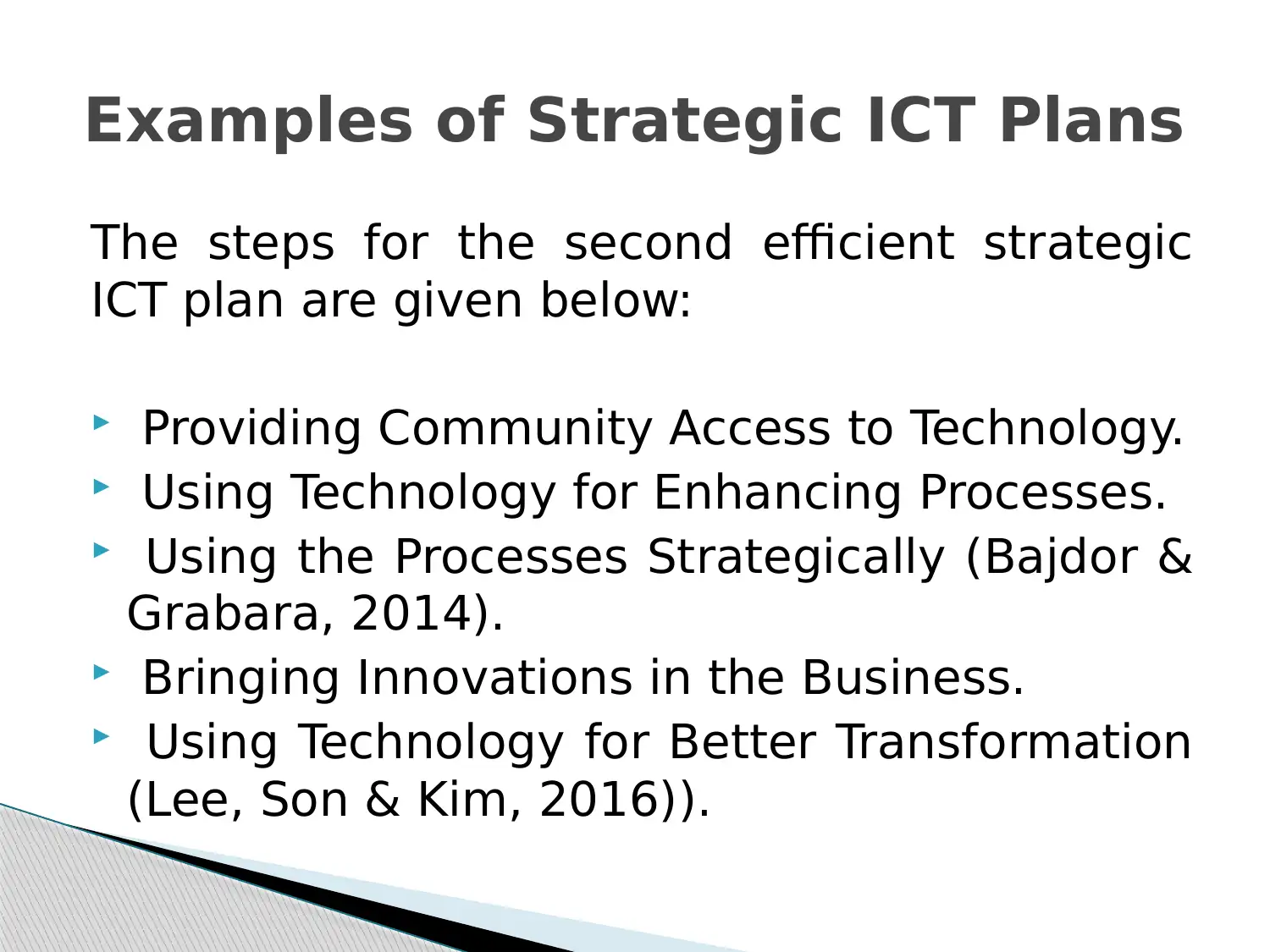
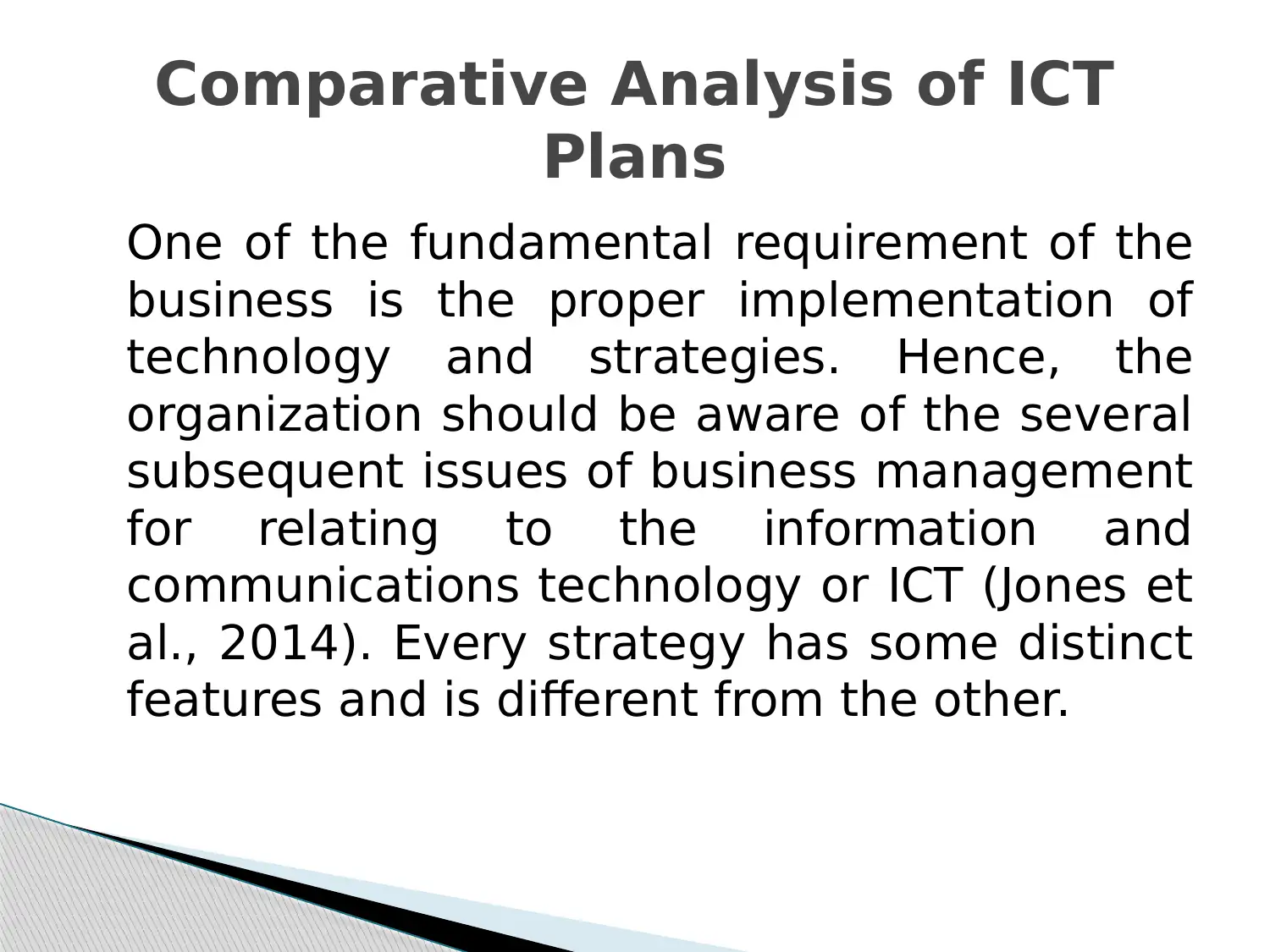
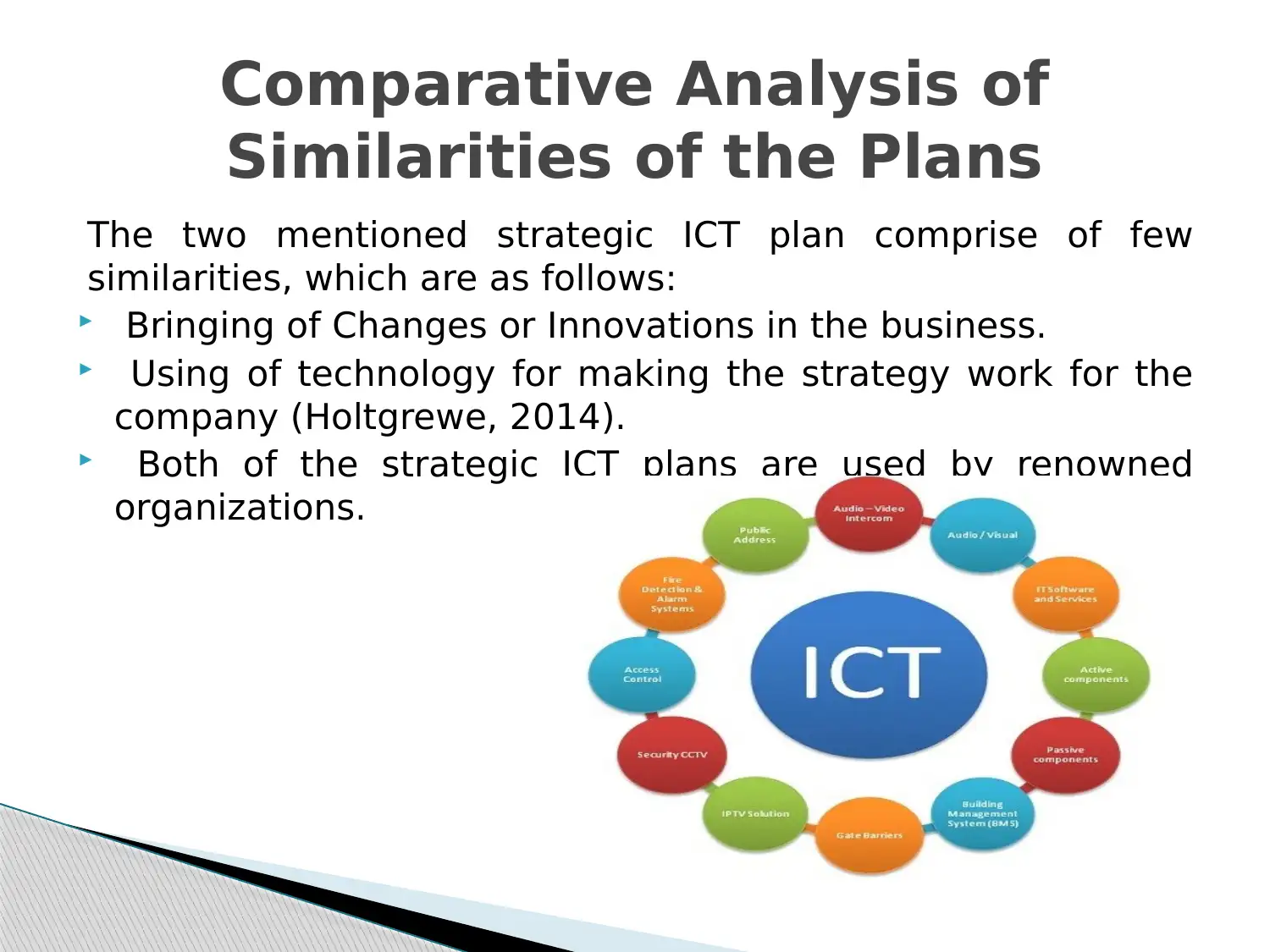
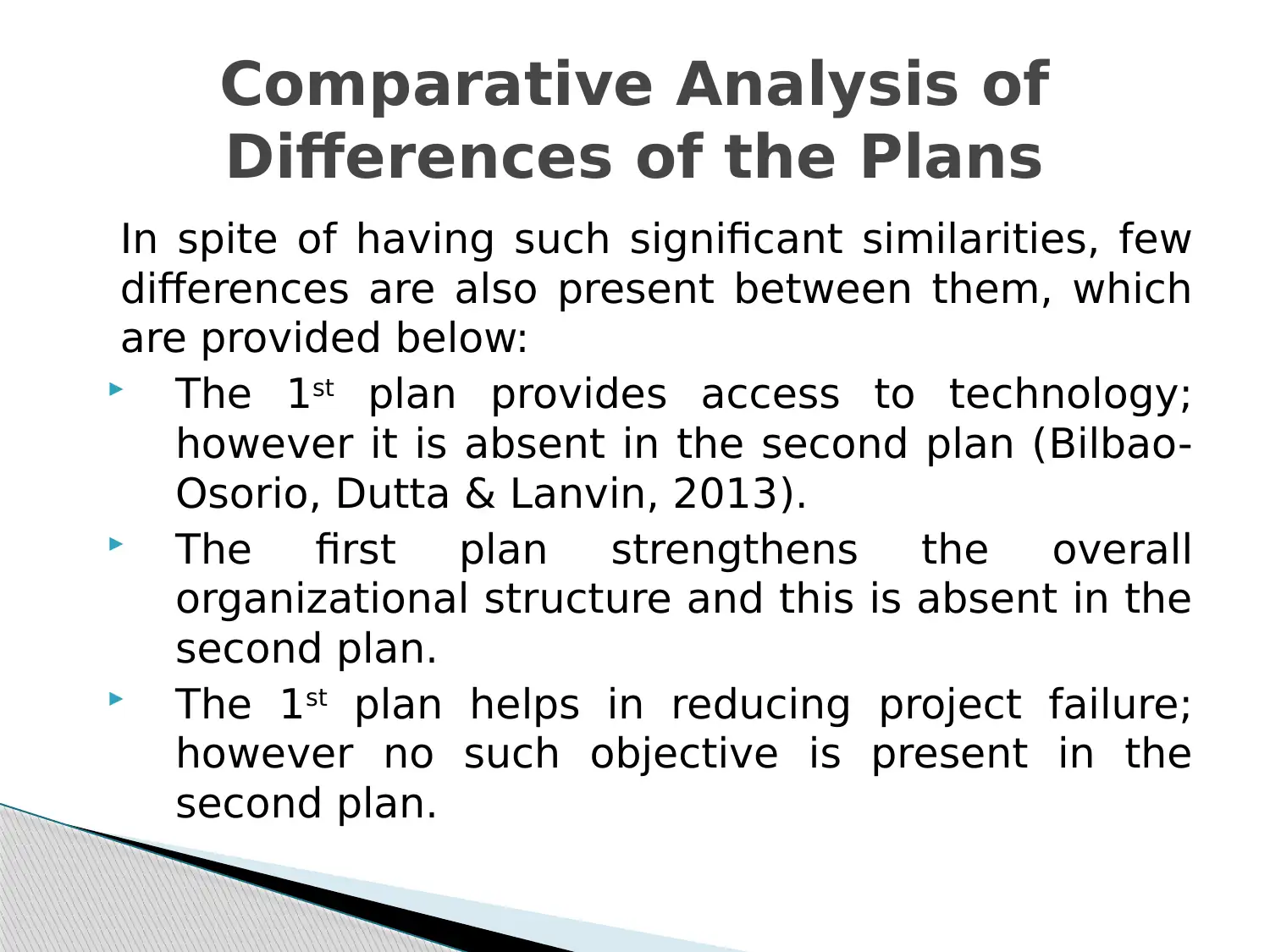
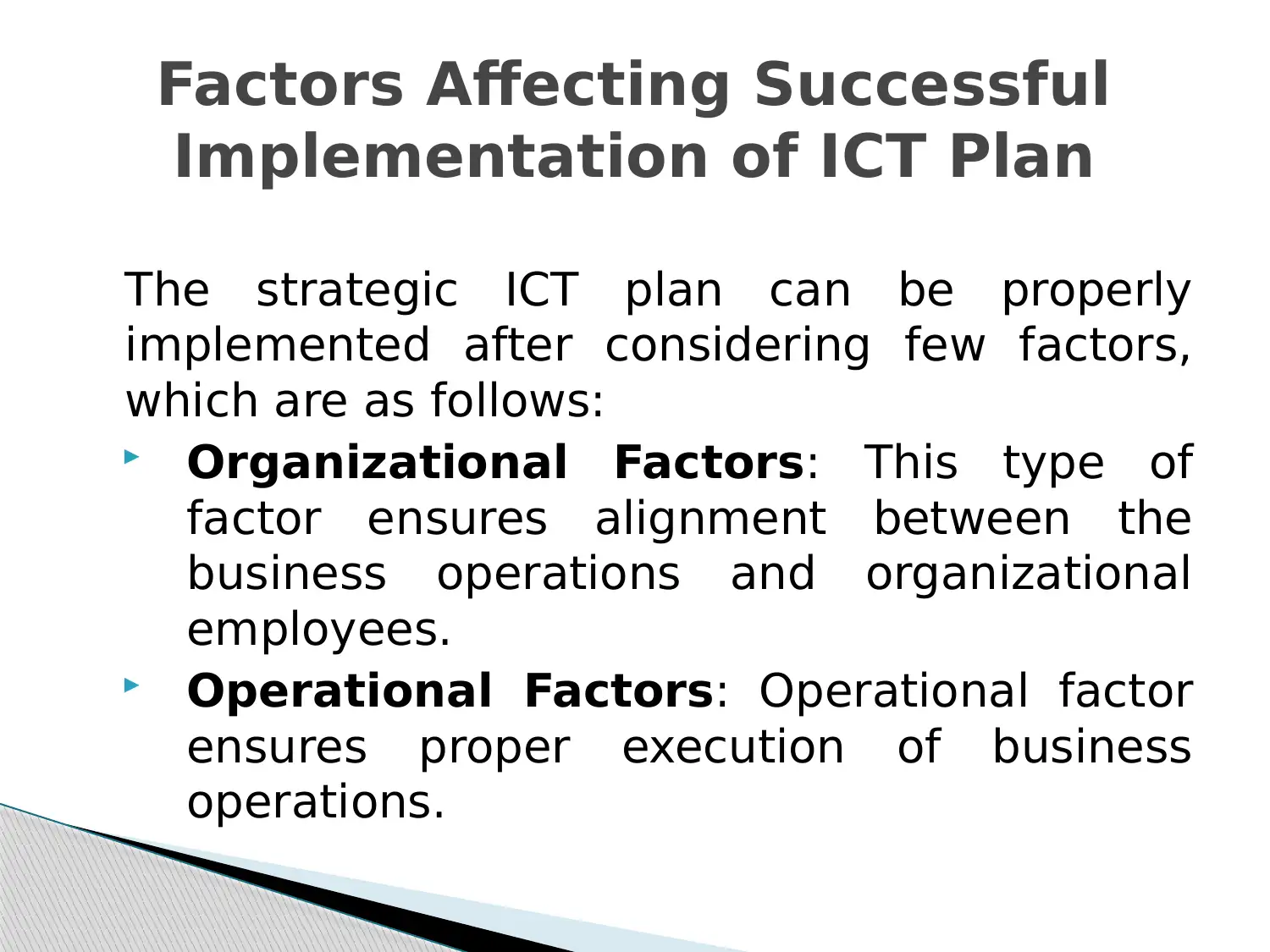
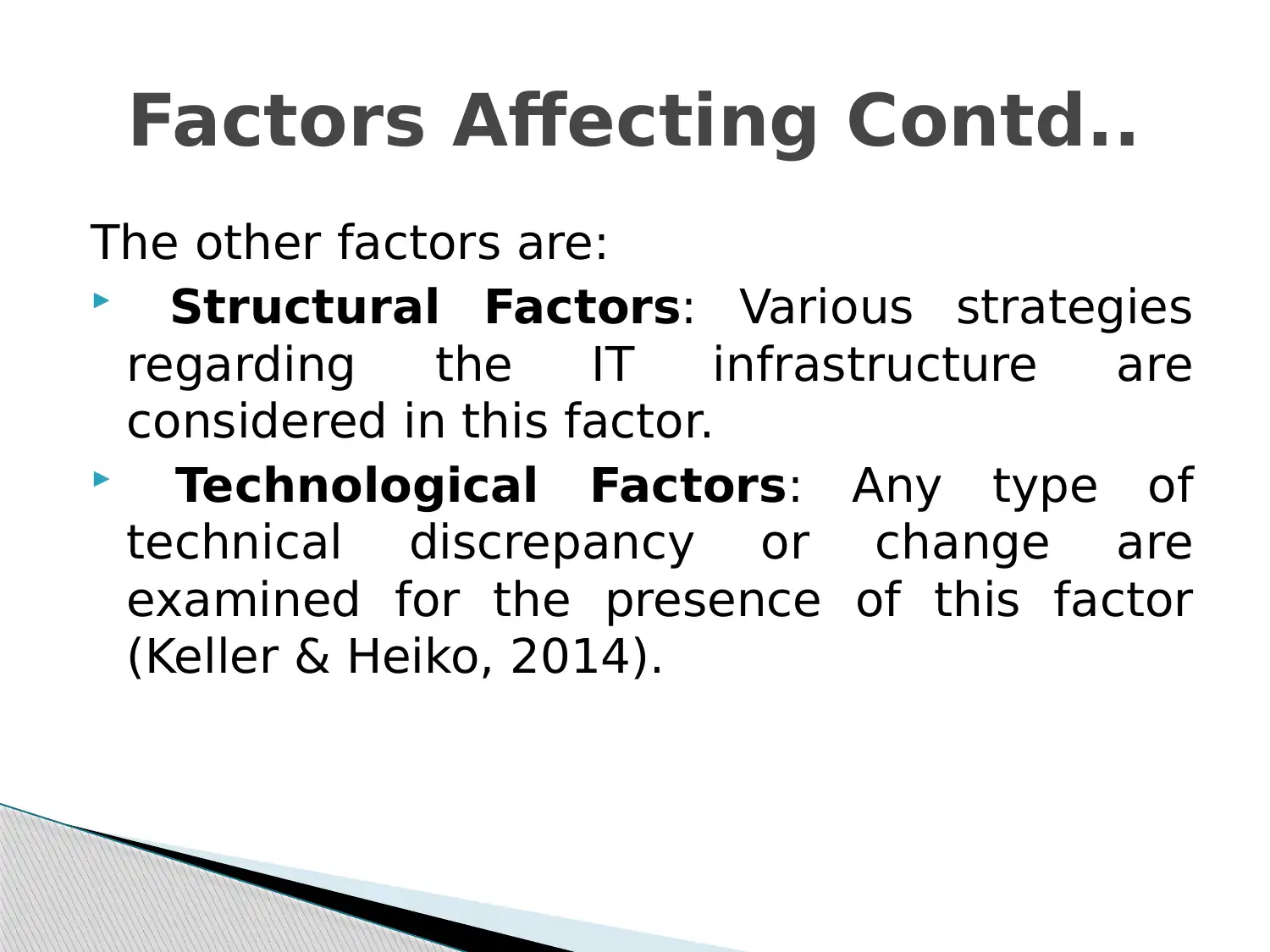






![[object Object]](/_next/static/media/star-bottom.7253800d.svg)